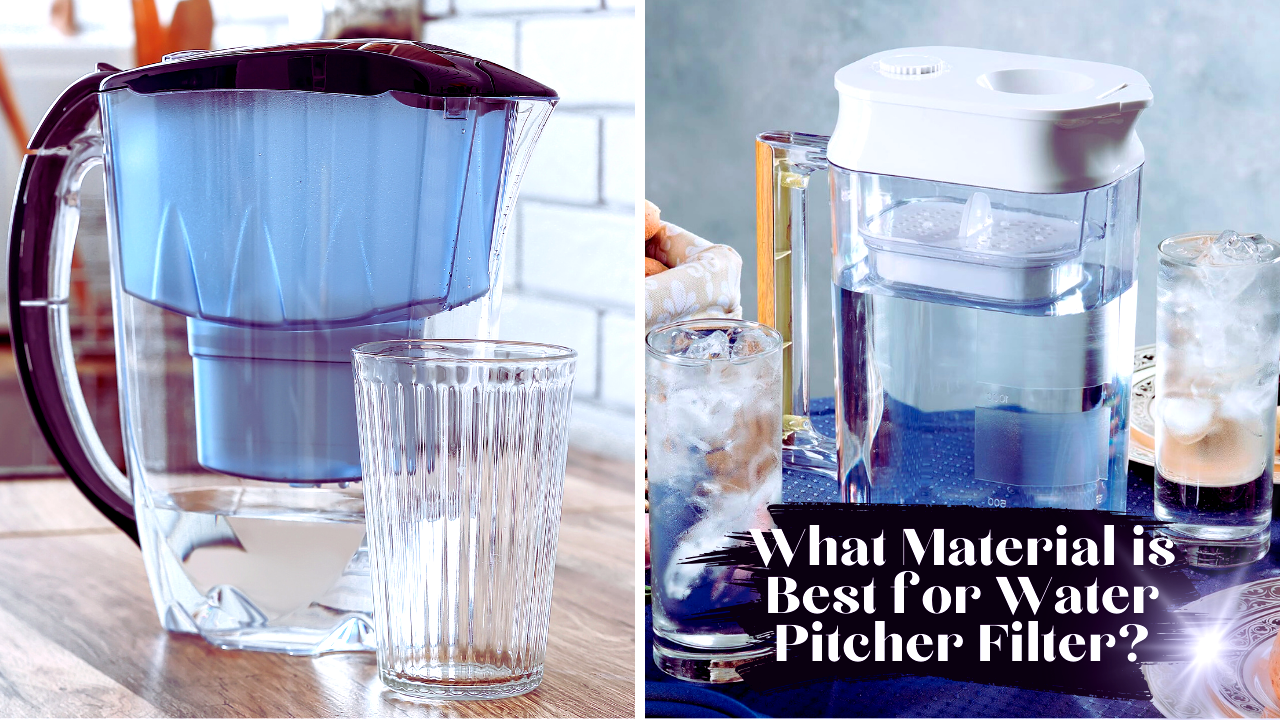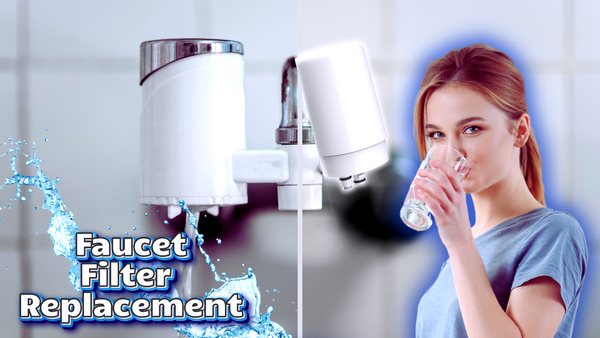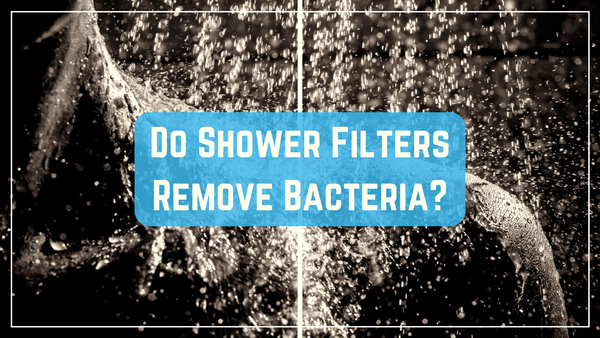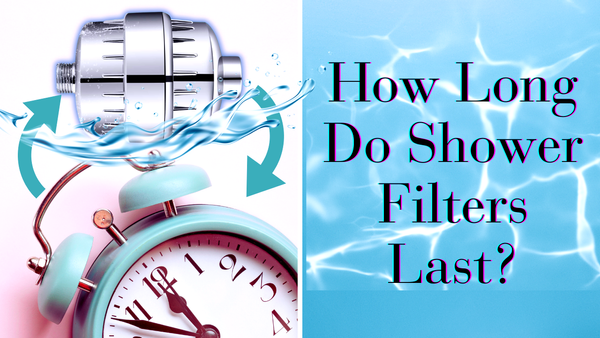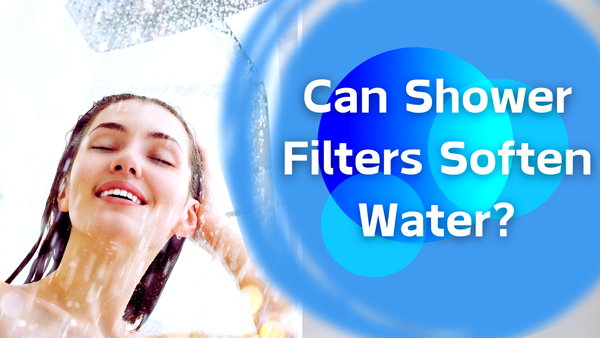Key Takeaways:
- Activated Carbon Filters: These are highly effective in removing chlorine, bad taste, and odors from tap water.
- Ion Exchange Filters: These filters excel at removing heavy metals and softening water.
- Reverse Osmosis Filters: Known for their ability to remove a wide range of contaminants, including dissolved solids and bacteria.
Water filter pitchers have become a staple in many households, providing an easy and convenient way to ensure you drink clean and safe filtered water. But with so many options available, it can be challenging to determine which material is best for your needs. This article will delve into the various materials used in water filter pitcher cartridges, their benefits, and how they compare to each other.
Understanding Water Pitcher Filters
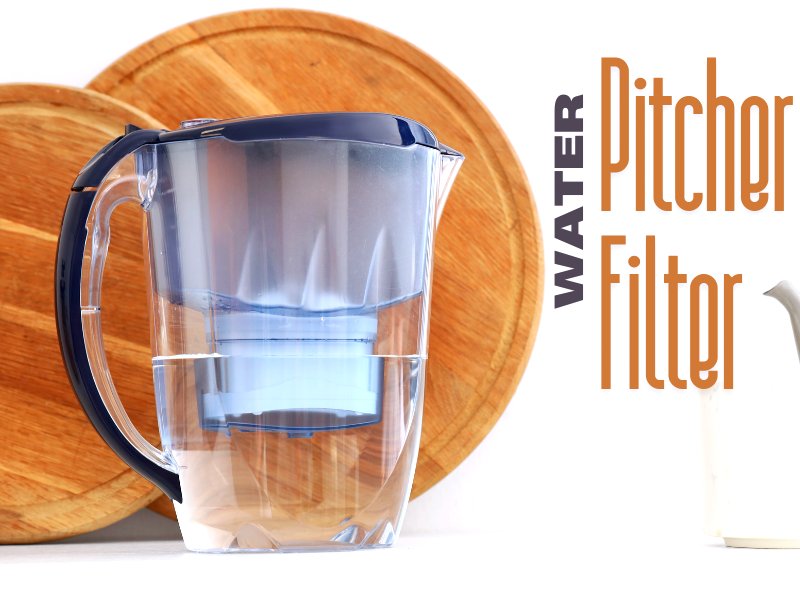
Water pitcher filters are designed to remove contaminants from tap water, making drinking safer and more pleasant. These water filters are effective in removing contaminants such as heavy metals, chemicals, pharmaceuticals, and more. The most common materials include activated carbon, ion exchange resins, and reverse osmosis membranes.
Activated Carbon Filters
Activated carbon filters are among the most popular choices for water pitcher filters. They are highly effective at removing chlorine, which is often responsible for the unpleasant taste and odor in tap water. Activated carbon works by adsorbing contaminants onto its surface, trapping them, and preventing them from passing through the filter.
A carbon filter can come in various forms, including activated carbon, carbon block, granulated activated carbon, and coconut shell carbon, each offering different levels of efficiency in removing contaminants such as lead, mercury, chlorine, VOCs, and bacteria.
How Activated Carbon Filters Work
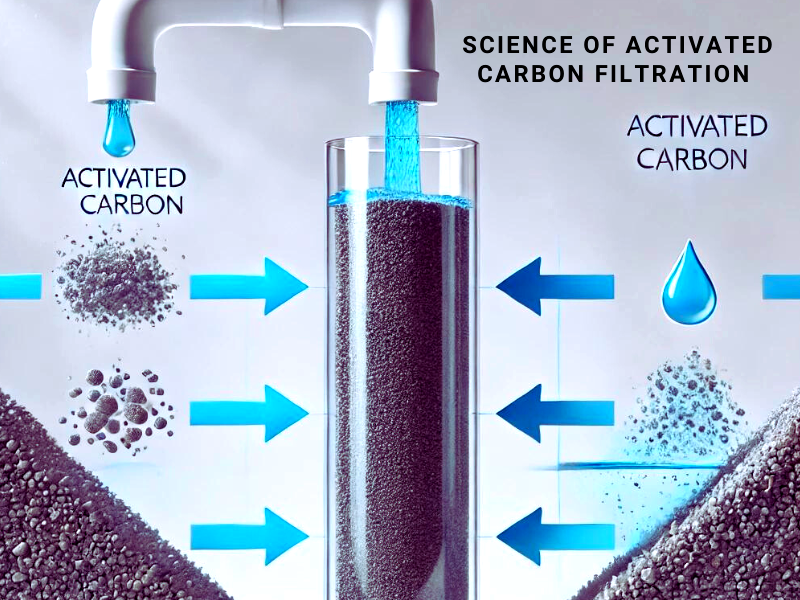
Activated carbon filters use a process called adsorption, where contaminants are attracted to and held on the surface of the carbon particles. This process is highly effective at removing chlorine, volatile organic compounds (VOCs), and other chemical contaminants. However, activated carbon filters are less effective at removing dissolved solids and heavy metals.
Benefits of Activated Carbon Filters
One of the main benefits of activated carbon filters is their ability to improve the taste and odor of tap water. They are also relatively inexpensive and easy to replace. Additionally, activated carbon filters do not require electricity, making them a convenient option for many households.
Ion Exchange Filters
Ion exchange filters are another popular choice for water pitcher filters. These filters work by exchanging ions in the water with ions in the filter material. This process is particularly effective at removing heavy metals, such as lead and mercury, as well as softening hard water.
How Ion Exchange Filters Work
Ion exchange filters contain resin beads that are charged with sodium or potassium ions. As water passes through the filter, the resin beads attract and hold onto heavy metal ions, replacing them with sodium or potassium ions. This process effectively removes heavy metals and reduces water hardness.
Benefits of Ion Exchange Filters
Ion exchange filters are highly effective at removing heavy metals and softening water, making them an excellent choice for households with hard water or concerns about heavy metal contamination. They are also relatively easy to maintain and replace.
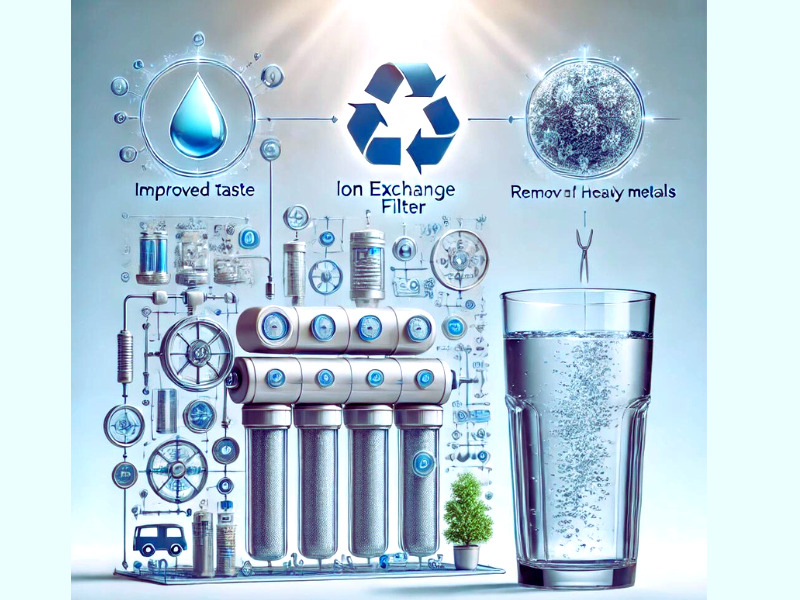
Reverse Osmosis Filters
Reverse osmosis (RO) filters are known for their ability to remove a wide range of contaminants, including dissolved solids, bacteria, and viruses. These filters use a semi-permeable membrane to separate contaminants from water, providing highly purified water.
How Reverse Osmosis Filters Work
Reverse osmosis filters use pressure to force water through a semi-permeable membrane. The membrane allows water molecules to pass through while blocking contaminants, such as dissolved solids, bacteria, and viruses. The result is highly purified water that is free from a wide range of contaminants.
Benefits of Reverse Osmosis Filters
Reverse osmosis filters provide some of the highest levels of water purification available. They are highly effective at removing a wide range of contaminants, including dissolved solids, bacteria, and viruses. However, they are also more expensive and require more maintenance than other types of filters.
Comparing Filter Materials
When choosing a water pitcher filter, it’s essential to consider the specific contaminants you want to remove from your water. Most water filter pitchers are capable of removing contaminants such as lead, copper, chlorine, and bacteria. Activated carbon filters are excellent for improving taste and odor, while ion exchange filters are ideal for removing heavy metals and softening water. Reverse osmosis filters provide the highest level of purification but are also more expensive and require more maintenance.
NSF/ANSI Standards

When selecting a water pitcher filter, it's crucial to look for products that meet NSF/ANSI standards. These standards ensure that the filter has been tested and certified to remove specific contaminants. Filters that meet these standards provide an added level of assurance that they will effectively improve your water quality.
Brita Filters
Brita filters are among the most well-known water pitcher filters on the market. They use activated carbon and ion exchange resins to remove contaminants and improve the taste and odor of tap water. Brita filters are easy to use and replace, making them a popular choice for many households.
PUR Filters
PUR filters are another popular option for water pitcher filters. They use a combination of activated carbon and ion exchange resins to remove contaminants and improve water quality. PUR filters are known for their effectiveness at removing a wide range of contaminants, including heavy metals and chlorine.
ZeroWater Filters
ZeroWater filters use a five-stage filtration process that includes activated carbon, ion exchange resins, and a reverse osmosis membrane. This combination provides highly purified water that is free from a wide range of contaminants. ZeroWater filters are an excellent choice for those seeking the highest level of water purification.
Filter Life and Replacement
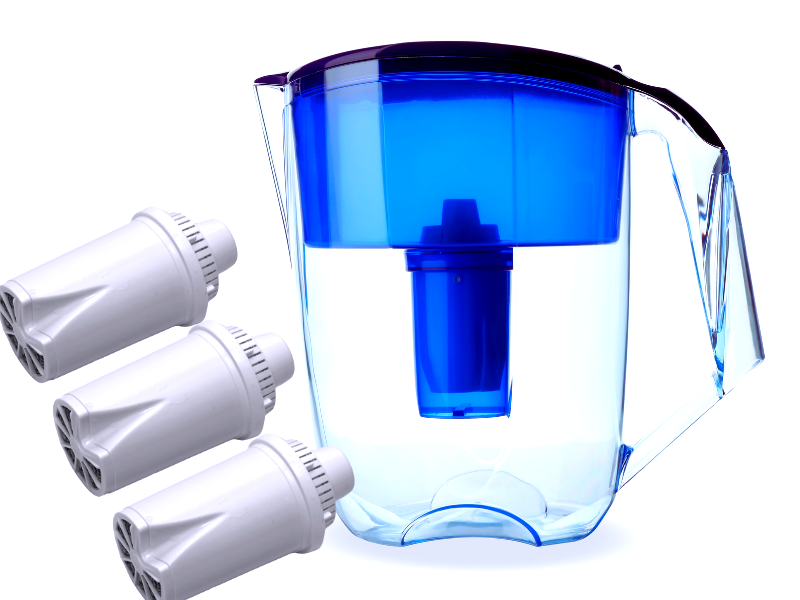
The lifespan of a water pitcher filter varies depending on the material and the amount of water filtered. To test water filter pitchers, experts evaluate factors such as contaminant removal, ease of use, filter performance, and third-party verification. Activated carbon filters typically need to be replaced every two to three months, while ion exchange and reverse osmosis filters may last longer. It’s essential to follow the manufacturer’s recommendations for filter replacement to ensure optimal performance
Improving Water Taste
One of the main reasons people use water pitcher filters is to improve the taste of their tap water. Activated carbon filters are particularly effective at removing chlorine, which is often responsible for the unpleasant taste and odor in tap water. By removing chlorine and other contaminants, water pitcher filters can significantly improve the taste of your drinking water.
Removing Chlorine
Chlorine is commonly used to disinfect tap water, but it can leave an unpleasant taste and odor. Activated carbon filters are highly effective at removing chlorine, making your water taste better and smell fresher. If chlorine is a concern, look for a water pitcher filter that specifically targets chlorine removal.
Removing Heavy Metals
Heavy metals, such as lead and mercury, can be harmful to your health. Ion exchange filters are particularly effective at removing heavy metals from tap water. By using a water pitcher filter with ion exchange technology, you can reduce your exposure to these harmful contaminants.
Removing Bacteria and Viruses
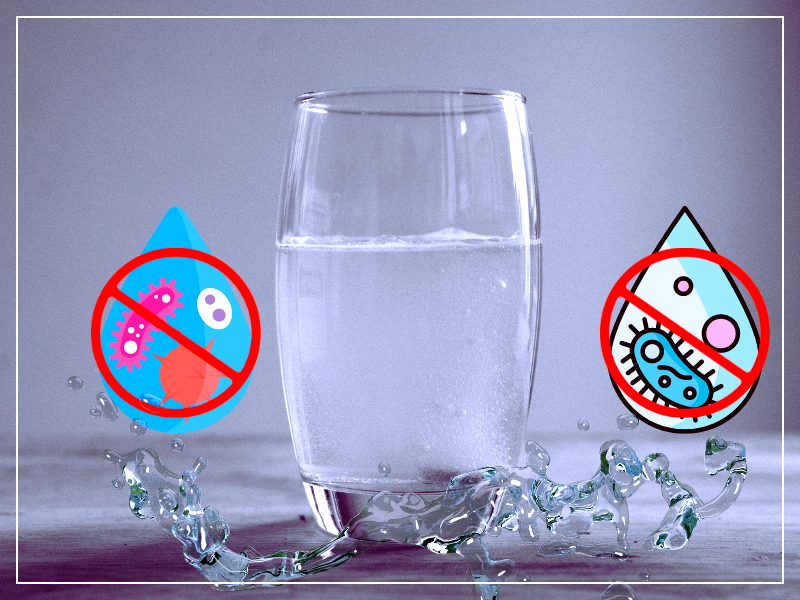
While most water pitcher filters are not designed to remove bacteria and viruses, reverse osmosis filters can provide this level of purification. If you are concerned about bacterial or viral contamination, consider using a reverse osmosis filter to ensure your water is safe to drink.
Reducing Total Dissolved Solids
Total dissolved solids (TDS) refer to the combined content of all inorganic and organic substances in water. High levels of TDS can affect the taste and quality of your water. Reverse osmosis filters are highly effective at reducing TDS, providing you with cleaner and better-tasting water.
Filter Maintenance
Proper maintenance is essential to ensure your water pitcher filter continues to perform effectively. This includes regularly replacing the filter according to the manufacturer's recommendations and cleaning the pitcher to prevent the buildup of contaminants. Regular maintenance will help extend the life of your filter and ensure optimal water quality.
Dishwasher Safe Pitchers
Some water pitcher filters are designed to be dishwasher-safe, making them easier to clean and maintain. If convenience is a priority, look for a pitcher that can be safely cleaned in the dishwasher. This will help keep your pitcher clean and free from contaminants.
Glass vs. Plastic Pitchers

Water pitcher filters are available in both glass and plastic options. Glass pitchers are often preferred for their durability and lack of chemical leaching, while plastic pitchers are lighter and less prone to breaking. Consider your preferences and needs when choosing between glass and plastic pitchers.
Environmental Impact
Using a water pitcher filter can help reduce your reliance on bottled water, which has a significant environmental impact. By filtering your tap water, you can reduce plastic waste and lower your carbon footprint. This makes water pitcher filters an environmentally friendly choice for many households.
Cost Considerations
The cost of water pitcher filters can vary widely depending on the material and brand. Activated carbon filters are generally the most affordable, while reverse osmosis filters tend to be more expensive. Consider your budget and the specific contaminants you want to remove when choosing a filter.
Health Benefits
Using a water pitcher filter can provide numerous health benefits by removing harmful contaminants from your tap water. This includes reducing your exposure to heavy metals, chlorine, and other chemical contaminants. By improving the quality of your drinking water, you can support your overall health and well-being.
Convenience
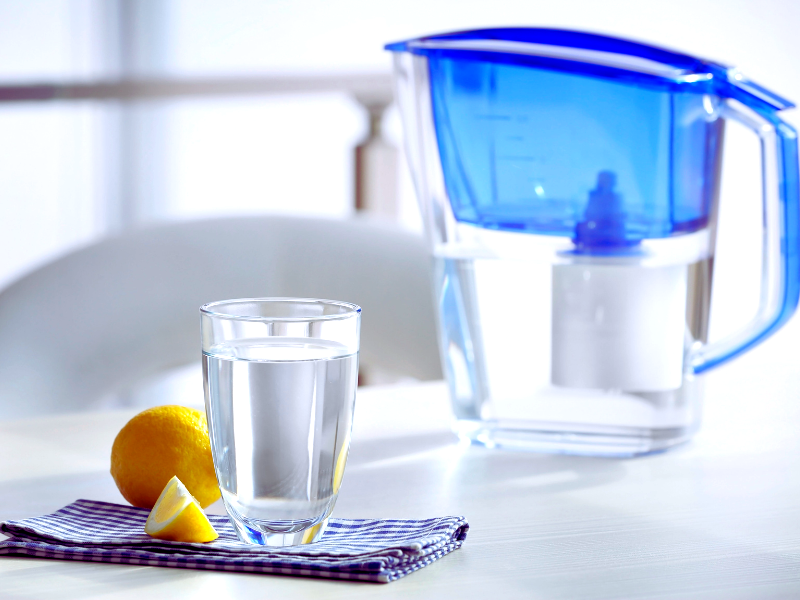
Water pitcher filters are a convenient way to ensure you have access to clean and safe drinking water. They are easy to use and require minimal maintenance, making them an excellent choice for busy households. Simply fill the pitcher with tap water and let the filter do the work.
Filter Performance
The performance of a water pitcher filter depends on the material and design. Activated carbon filters are highly effective at removing chlorine and improving taste, while ion exchange filters excel at removing heavy metals. Reverse osmosis filters provide the highest level of purification but may require more maintenance.
Choosing the Right Filter
When choosing a water pitcher filter, consider the specific contaminants you want to remove and your budget. Activated carbon filters are a great choice for improving taste and odor, while ion exchange filters are ideal for removing heavy metals. Reverse osmosis filters provide the highest level of purification but are more expensive.
Filter Certification
Look for water pitcher filters that are certified by reputable organizations, such as the Water Quality Association (WQA) or NSF International. Certification ensures that the filter has been tested and meets specific standards for contaminant removal. This provides added assurance that the filter will effectively improve your water quality.
Filter Replacement Indicators
Some water pitcher filters come with built-in indicators that let you know when it's time to replace the filter. This feature can help ensure you replace the filter at the right time, maintaining optimal performance and water quality.
Blind Taste Tests
Blind taste tests can be a fun and informative way to compare the taste of water from different filters. By conducting a blind taste test, you can determine which filter provides the best-tasting water for your preferences. This can help you make an informed decision when choosing a water pitcher filter.
Filter Compatibility
When purchasing replacement filters, ensure they are compatible with your water pitcher. Some brands offer universal filters that fit multiple pitcher models, while others require specific filters. Check the manufacturer's recommendations to ensure you choose the right filter for your pitcher.
Filter Capacity
The capacity of a water pitcher filter refers to the amount of water it can filter before needing replacement. Larger capacity filters may be more convenient for households with high water consumption, as they require less frequent replacement. Consider your household's water usage when choosing a filter capacity.
Filter Flow Rate
The flow rate of a water pitcher filter refers to how quickly water passes through the filter. A higher flow rate means you can fill your pitcher more quickly, while a lower flow rate may result in longer wait times. Consider your preferences and needs when choosing a filter with the right flow rate.
Filter Design
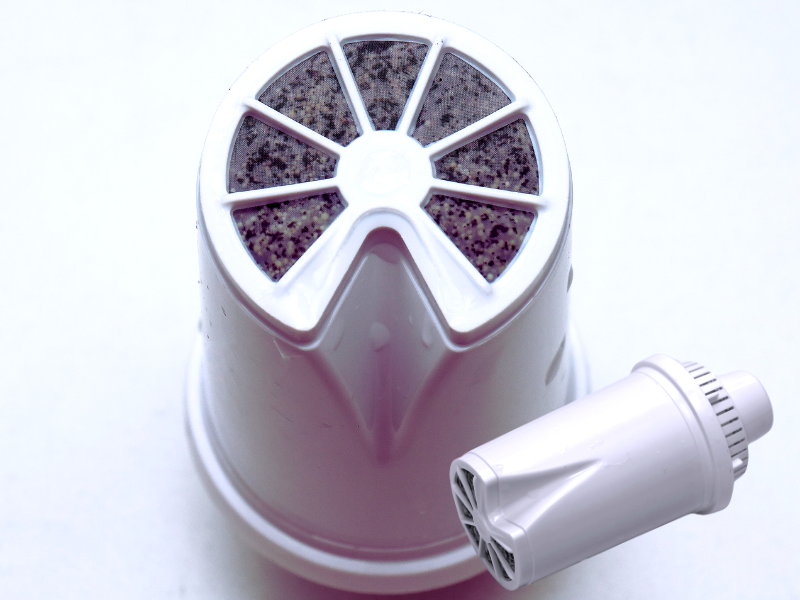
The design of a water pitcher filter can impact its ease of use and maintenance. Look for filters with user-friendly designs, such as easy-to-replace cartridges and ergonomic handles. A well-designed filter can make the process of filtering water more convenient and enjoyable.
Filter Effectiveness
The effectiveness of a water pitcher filter depends on the material and design. Activated carbon filters are highly effective at removing chlorine and improving taste, while ion exchange filters excel at removing heavy metals. Reverse osmosis filters provide the highest level of purification but may require more maintenance.
Filter Longevity
The longevity of a water pitcher filter depends on the material and the amount of water filtered. Activated carbon filters typically must be replaced every two to three months, while ion exchange and reverse osmosis filters may last longer. Follow the manufacturer's recommendations for filter replacement to ensure optimal performance.
Filter Versatility
Some water pitcher filters are designed to remove a wide range of contaminants, while others target specific pollutants. Consider your water quality concerns and choose a filter addressing those issues. A versatile filter can provide comprehensive water purification for your household.
Filter Aesthetics
Some households may consider the aesthetics of a water pitcher filter an important consideration. Look for filters that match your kitchen decor and personal style. A visually appealing filter can enhance the overall look of your kitchen and make the process of filtering water more enjoyable.
Filter Availability
When choosing a water pitcher filter, consider the availability of replacement filters. Some brands offer widely available replacement filters, while others may be harder to find. Ensure you can easily purchase replacement filters to maintain the performance of your water pitcher.
Filter Reviews
Reading reviews from other users can provide valuable insights into the performance and reliability of a water pitcher filter. Look for filters with positive reviews and high ratings to ensure you choose a product that meets your needs and expectations.
Filter Warranty
Some water pitcher filters come with a warranty, providing added assurance of their quality and performance. Check the manufacturer's warranty policy and choose a filter with a warranty that meets your needs. A warranty can provide peace of mind and protect your investment.
Summary
When choosing the best water filter pitcher for you it all depends on your needs and wants. In our testing and reviewing of the best water filter pitchers, we found that activated carbon filters are great for taste and odor. Ion exchange filters are good for heavy metals. Reverse osmosis filters are the most purifying but most expensive and require more maintenance. Consider your water concerns, budget, and wants when choosing a water pitcher filter so you can choose the best one for your household.
FAQ
What do activated carbon filters remove?
Activated carbon filters remove chlorine, volatile organic compounds (VOCs), and other chemical contaminants. They don’t remove dissolved solids and heavy metals.
How often should I replace my water pitcher filter?
Filter replacement frequency depends on the material and amount of water filtered. Activated carbon filters need to be replaced every 2-3 months. Ion exchange and reverse osmosis filters may last longer. Follow the manufacturer’s instructions for filter replacement.
Are water pitcher filters eco-friendly?
Yes, using a water pitcher filter reduces your reliance on bottled water which has a big environmental impact. By filtering your tap water you reduce plastic waste and carbon footprint, making water pitcher filters eco-friendly for most households.
